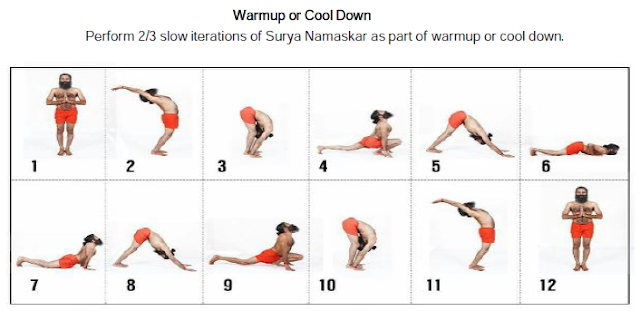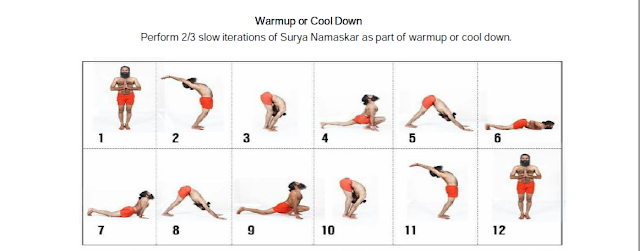Click Me: Workout Plan PDF Link
Starting today we will post a six week home workout transformation plan(Six week to strength: Daily home workout plan, Workout will be posted everyday) to improve the health of our cardiovascular system and overall functional ability.
Monitor your heart rate, Blood pressure and body fat percentage each week to evaluate the benefits of this workout plan. These workouts are very short(20 mins) and can be practiced anywhere at any time. To change the current health status, an individual needs to introduce activity at least 3 times per week. Every workout sheet has a "No of Reps" field on the PDF. Keep tracking your workouts by printing the PDF and filling this field. This way we can evaluate our strength gains and keep on improving our fitness goals.
Exercising regularly not only improves your muscular and cardio respiratory fitness. It has several good and beneficial side effects. Few of them are listed below.
Start exercising(any form sports/gym/cycling/running etc) and live life the healthiest and happiest possible way. We strongly believe that a person can achieve his best only when he is completely healthy. A healthy individual is a happy and confident one who can do wonders in what ever activity that the individual pursues. Fitness is a way of life, it teaches you to follow the core principles of discipline and punctuality. Start practicing this lifestyle and experience the benefits. Simple and small hacks make ones life and the world around them a beautiful place to live in.
Starting today we will post a six week home workout transformation plan(Six week to strength: Daily home workout plan, Workout will be posted everyday) to improve the health of our cardiovascular system and overall functional ability.
Monitor your heart rate, Blood pressure and body fat percentage each week to evaluate the benefits of this workout plan. These workouts are very short(20 mins) and can be practiced anywhere at any time. To change the current health status, an individual needs to introduce activity at least 3 times per week. Every workout sheet has a "No of Reps" field on the PDF. Keep tracking your workouts by printing the PDF and filling this field. This way we can evaluate our strength gains and keep on improving our fitness goals.
Exercising regularly not only improves your muscular and cardio respiratory fitness. It has several good and beneficial side effects. Few of them are listed below.
- Improves your bone health
- Reduces your risk of high blood pressure (hypertension), coronary heart disease, stroke, diabetes and some cancers
- Helps manage your weight and reduces your risk of becoming obese
- Reduces anxiety and depression, and helps prevent mental health problems
- Boosts your mood and well being
- It is a great way to unwind from the stresses of life.
Start exercising(any form sports/gym/cycling/running etc) and live life the healthiest and happiest possible way. We strongly believe that a person can achieve his best only when he is completely healthy. A healthy individual is a happy and confident one who can do wonders in what ever activity that the individual pursues. Fitness is a way of life, it teaches you to follow the core principles of discipline and punctuality. Start practicing this lifestyle and experience the benefits. Simple and small hacks make ones life and the world around them a beautiful place to live in.

























